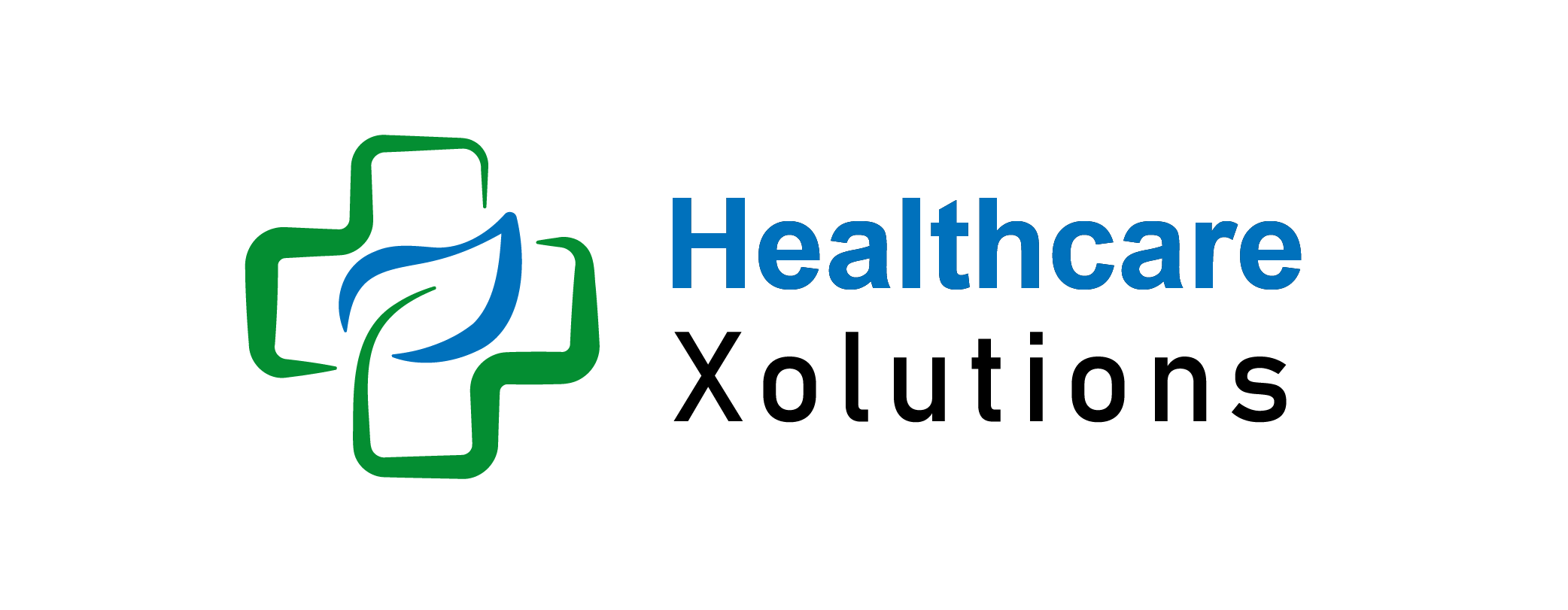How To Transition From Student To Employer-Sponsored Health Insurance 2025?

Moving from student life to the professional world comes with many changes, including transitioning from student health insurance to employer-sponsored health insurance. While the process may seem complex, careful planning can ensure continuous coverage and access to essential healthcare services.
Key Takeaways:
- Plan Ahead: Know the end date of your student health insurance to avoid gaps.
- Evaluate Employer Plans: Review costs, coverage, and benefits of your employer’s health insurance options.
- Bridge the Gap: Use COBRA or short-term insurance to maintain coverage during waiting periods.
- Leverage Benefits: Maximize additional perks like dental, vision, and HSAs/FSAs.
- Stay Informed: Understand how to use your new plan effectively for optimal care.
Table of Contents
How To Transition From Student To Employer-Sponsored Health Insurance:
1. Understand the Coverage Gap:
- Identify when your student health insurance expires, usually shortly after graduation.
- Avoid coverage gaps by planning for continuous insurance before your new plan begins.
2. Review Employer-Sponsored Insurance Options:
Employer plans vary in costs and coverage levels. Compare:
- Premiums: Monthly costs deducted from your paycheck.
- Deductibles: Out-of-pocket costs before coverage starts.
- Networks: In-network doctors and facilities.
- Coverage: Services like preventive care, prescriptions, and specialists.
3. Coordinate With HR:
- Upon job acceptance, consult your employer’s HR department for enrollment details.
- Employers offer a special enrollment period for new hires outside the usual open enrollment window.
4. Plan For Waiting Periods:
If there’s a 30-90 day waiting period before your coverage begins, consider:
- Short-term Health Insurance: Temporary plans to bridge gaps.
- COBRA Continuation Coverage: Extends your previous health insurance temporarily.
5. Evaluate Additional Benefits:
Employer plans often include perks like:
- Vision and Dental Insurance: May require separate enrollment.
- Health Savings Accounts (HSAs): Pre-tax savings for medical expenses.
- Flexible Spending Accounts (FSAs): Similar pre-tax savings options.
6. Assess Dependent Coverage:
- If you’re under 26, staying on a parent’s plan is an option.
- Compare benefits and costs to determine whether employer coverage is better.
7. Explore Marketplace Options:
If your employer’s plan doesn’t suit your needs or budget:
- Consider Health Insurance Marketplace plans, which may offer subsidies.
8. Enroll Promptly In Your New Plan:
- Provide required information, such as your Social Security number and dependent details.
- Ensure timely enrollment to prevent delays in coverage.
9. Cancel Old Insurance:
Once your employer-sponsored health plan is active:
- Cancel your student health plan or any temporary coverage to avoid redundant costs.
10. Understand and Use Your New Benefits:
- Learn about your plan’s network, co-pays, and telehealth options.
- Familiarize yourself with covered services to maximize your benefits.
Qualifying Life Events and Coverage:
Your transition from student health insurance to employer-sponsored insurance is considered a qualifying life event, allowing you to enroll outside the standard open enrollment period. Similarly, under Covered California, graduation and job changes qualify as life events that enable plan adjustments or new enrollments.
Conclusion:
Transitioning from student to employer-sponsored health insurance requires preparation and informed decision-making. By understanding your options, planning for coverage gaps, and maximizing employer benefits, you can ensure a smooth transition to a new phase of life while safeguarding your health and finances.
FAQs:
What should I do if my employer has a waiting period for health insurance?
Consider short-term health insurance or COBRA continuation to avoid gaps during the waiting period.
Can I stay on my parent’s health insurance after starting a job?
Yes, if you’re under 26. Compare costs and benefits with your employer-sponsored options.
What qualifies as a life event for employer-sponsored health insurance?
Graduation, job changes, and aging out of a parent’s plan are qualifying events for new enrollment.
What should I look for in an employer-sponsored plan?
Review costs, coverage, network options, and additional benefits like vision, dental, and HSAs/FSAs.
How can I avoid coverage gaps during the transition?
Plan ahead, use short-term insurance or COBRA, and ensure timely enrollment in your employer’s plan.
